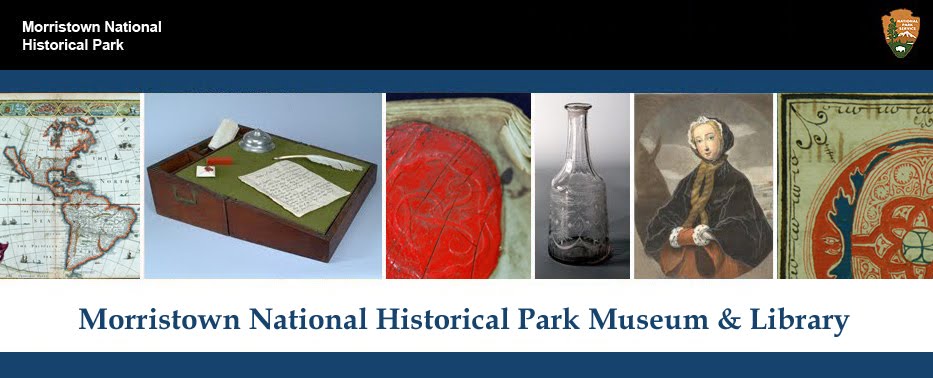 |
John Wollaston’s portrait of Catherine Harris
Smith Pemberton
|
 |
| John Wollaston’s portrait of Margaret Tudor Nicholls |
Wollaston’s portraits were in high demand, as he painted in the latest London portraiture styles. Accordingly, he devised a system meant to mass-produce his portraits; he painted substantial portions of his portraits before he even saw the sitter. Poses, garments, body shapes, hands, and more were prepared as he traveled so that by the time he saw the sitter, he was merely adding details and completing the portrait. His signature style of smiling faces and oval eyes make his work recognizable, despite the fact that he rarely signed or dated portraits. This style and system concurrently makes it difficult to distinguish the identities of his sitters. Some of his portraits are almost identical – take for example the portraits of Catherine Harris Smith Pemberton and Margaret Tudor Nicholls. Thusly, our portrait has also been said to be a portrait of Mrs. Colonel Fielding Lewis, who is George Washington’s sister.
 |
Original Wollaston portrait of Martha Dandridge Custis
|
 |
| Betty Washington Lewis, attributed to Wollaston |
 |
| MORR 3236, Martha Dandridge Custis, after conservation |
 |
Martha Custis, pre-conservation.
Note the tear, sagging canvas, and discoloration. |
The portrait was gifted
to Morristown National Historical Park by the Washington Association of New
Jersey on March 2nd, 1933 (more than 85 years ago!).
The original catalog record notes that it was cleaned and varnished and in
“good condition,” in 1934. Six months ago, the condition of the painting was
poor. The appraisal report describes the varnish as “dirty” and “discolored.”
It also mentions a “9 x 7 inch ‘T’ shaped tear in the upper right quadrant,” a
“two inch tear in the lower center in the dress,” and a “3/4 inch tear by the
proper right elbow.”
 |
As described in the
conservation report, the
“crudely attached” strip lining. |
The conservation report said the canvas
was “extremely
brittle,” and had “a crudely
attached strip lining with a wax resin adhesive
(which has totally failed).”
attached strip lining with a wax resin adhesive
(which has totally failed).”
 |
| Martha Custis, during cleaning with acetone |
Conservation efforts
have wildly improved the appearance and condition of the painting. Acetone and
a solution of soap and water were used to remove the discolored varnish and
surface dirt. The old strip lining was removed, the canvas was carefully
flattened, and the three tears were mended using an adhesive powder. The
painting was then relined onto a linen canvas, and then re-stretched onto its
original stretcher. New varnish was applied, as was a small amount of
inpainting to replace any paint loss. Two more layers of varnish completed the
conservation work. Upon its arrival back to Morristown NHP, we replaced it into
our collection storage facility with the rest of our paintings.
 |
Martha Custis, post-conservation. Note the repaired tear, improved coloration, and stabilized canvas.
|
This blog post by Amanda Schroeder, Fairleigh Dickinson University.

No comments:
Post a Comment